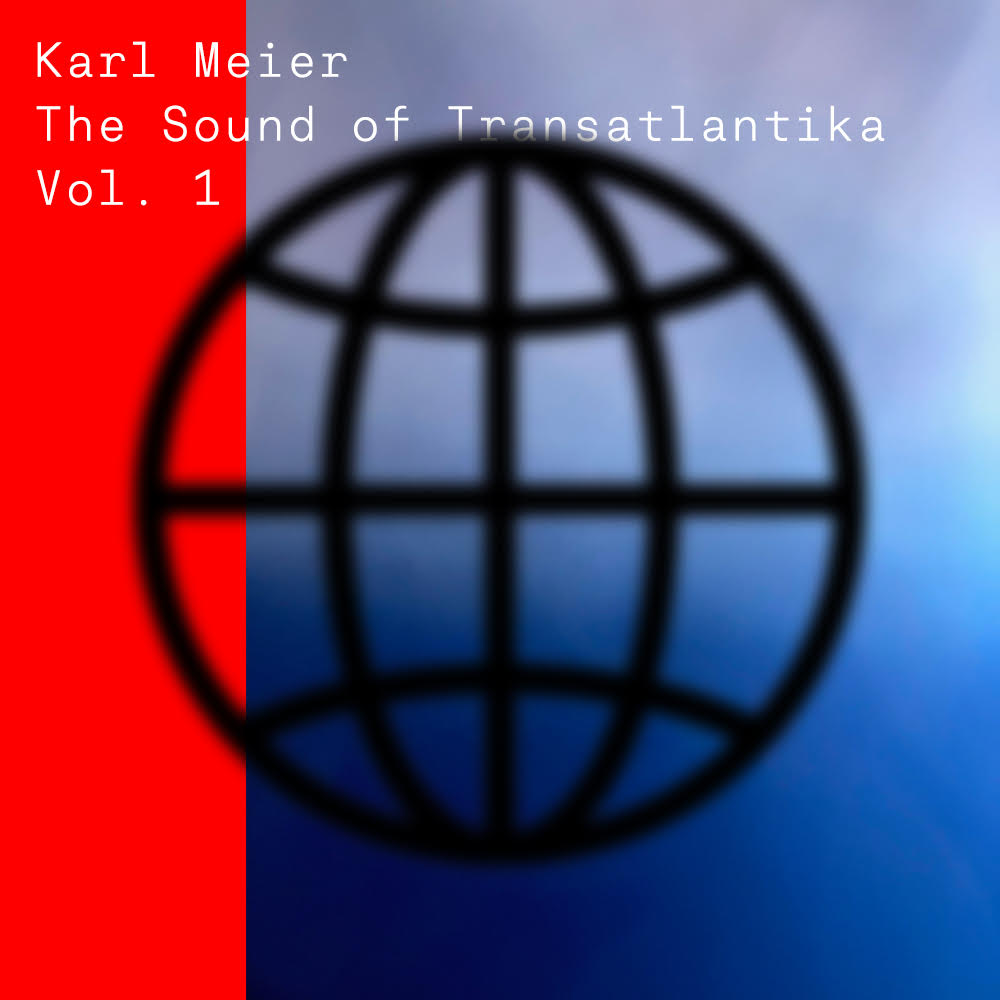Our mission is to strengthen transatlantic relations. When people talk about “transatlantic relations,” they usually refer to exchanges between policy makers, think tanks, or business leaders. While those are all important actors in promoting cooperation, we believe that what connects us most are our shared, yet diverse, cultures. It is movies, such as Forrest Gump or Das Boot, the compositions of Beethoven or Kraftwerk, the art of Edward Hopper or Gerhard Richter, the songs of The Beatles or The Rolling Stones, the writings of Steinbeck or Thomas Mann that really bring people on both sides of the Atlantic together. What better way than to promote transatlantic cooperation but through the promotion of art, culture, and music. What makes art so unique is that it is inherently inclusive and tolerant. Museums and galleries might be exclusionary, artists and critics might be intolerant – art itself is not. Art is a universal part of our existence – people everywhere like to dance, paint, and compose music. And art has the wonderful ability to not only express local cultures, traditions, and heritages, but also to cross national and cultural boundaries. In that respect, art constantly plays with the tension of identity and difference. And art also invites us to engage the Other – to tolerate and even celebrate the diversity of opinions, tastes, and experiences. For all those reasons, we see art and culture as an integral part of our work.
Transatlantika will engage this task through a variety of ways. We will host concerts, organize art and photo exhibitions, stage readings, and combine all of those when the opportunity is right. Our first large, multi-year project is called The Sound of Transatlantika.
The Sound of Transatlantika
There is probably no style of music that has been more prolific in the last decades than electronic music. There is also hardly any cultural creation that reflects the intimate cultural connections of transatlantic relations as much as electronic music. Genres, such as house, techno, drum and bass, hip hop or dub have incorporated influences from cultures around the globe. At the same time, a lot of the development of electronic music can be traced by a continuous back and forth across the Atlantic. The project The Sound of Transatlantika will follow this development and excavate the multitude of sources that provided the inspiration for what we nowadays know as electronic music. The centerpiece of this project is a series mixes of DJs from both sides of the Atlantic which concentrate on a range of genres that have shaped or been shaped by this transatlantic development of electronic music.
The inaugural mix for the series has been created by Karl Meier. Karl is not only one of the, if not the, most versatile and engaging DJs that we know, he is also a formidable producer of electronic music.

This mix was commissioned by Transatlantika in celebration of the launch of their website as well as the publication of their inaugural effort, “Why Trump?”, a document of Tim Luecke and Sonja Niemeier’s journey across the USA (and beyond), conducting interviews with a wide variety of friends, family members, and strangers in the wake of the 2016 elections. Taking into consideration that Transatlantika’s stated goals are to strengthen transatlantic relations and to engage writers, artists, and citizens to come up with creative solutions to the complex problems that face us, I wanted to create something with similar objectives – celebrating different perspectives, dialogue, and cooperation. I was also influenced by DJ mixes that inspired me in the early days of 90s dance music – informed by early “rave music,” but focused on the present and looking to the future, without being stuck in the past or mired in nostalgia for nostalgia’s sake. As is the case with most of my mixes, I’ve included tracks from producers who I think are really at the vanguard of forward-thinking modern electronic music (Stanislav Tolkachev, Skee Mask, Regis, Israel Vines, Stave) and I’ve tried to avoid focusing on any one particular sub-genre in depth – instead hoping to demonstrate that this music – and the artform of DJing – is at its best when it values boundary-pushing and experimentation and resists easy pigeonholing and classification. Hope you enjoy.
Karl Meier
You can read more about Karl here: